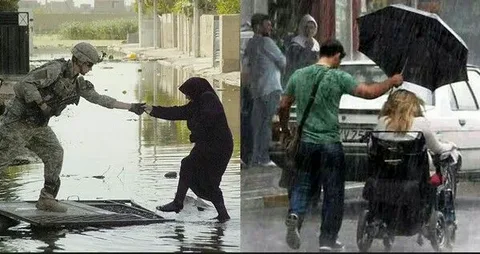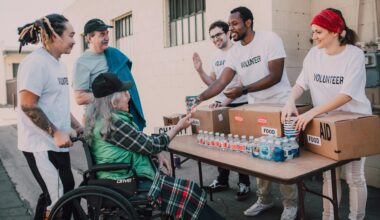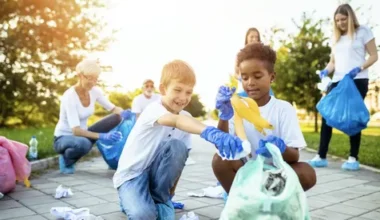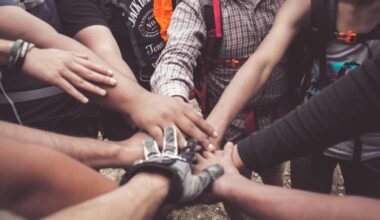Introduction
- The power of kindness: How small actions create lasting impact
- Why kindness matters in today’s fast-paced world
- Brief overview of the ripple effect concept
Section 1: Understanding Kindness and Its Impact
1.1 What is Kindness?
- Definition and significance
- The difference between kindness and mere politeness
- Scientific studies on the psychology of kindness
1.2 The Science Behind the Ripple Effect
- How emotions spread like ripples in water
- Neuroscience of kindness: Mirror neurons and emotional contagion
- The hormonal benefits: Oxytocin, serotonin, and endorphins
1.3 Kindness in Different Cultures
- Universal values of kindness across cultures
- Unique cultural expressions of kindness
- How kindness shapes societies globally
Section 2: The Ripple Effect in Different Aspects of Life
2.1 Personal Growth and Well-being
- How being kind improves mental and emotional health
- The link between kindness and longevity
- Stories of individuals transformed by kindness
2.2 Family and Relationships
- Strengthening bonds through small gestures
- Teaching children the value of kindness
- How forgiveness and empathy fuel healthy relationships
2.3 Workplace and Professional Life
- Kindness as a leadership trait
- Creating a positive and productive work environment
- Case studies of businesses benefiting from a kindness-first approach
2.4 Social and Community Impact
- How one kind act can transform an entire community
- Examples of social movements ignited by kindness
- The role of kindness in reducing crime and violence
Section 3: The Global Effects of Kindness
3.1 Kindness in Charitable Work and Volunteering
- How charities and nonprofits create lasting ripples
- Personal benefits of volunteering
- Inspiring stories of kindness changing lives
3.2 Kindness in Online and Digital Spaces
- Combating cyberbullying with digital kindness
- The role of social media in spreading positivity
- How influencers and content creators can promote kindness
Section 4: How to Create Your Own Ripple Effect
4.1 Simple Acts of Kindness that Make a Big Difference
- Daily acts anyone can do
- Random acts vs. intentional kindness
- Inspiring kindness in others
4.2 Teaching Kindness to the Next Generation
- Kindness in schools and educational institutions
- Practical ways to instill empathy in children
- The impact of kindness-based curriculums
4.3 Overcoming Barriers to Kindness
- Dealing with negativity and skepticism
- How to be kind even when facing adversity
- The misconception that kindness is weakness
Conclusion
- Recap of the key points
- The responsibility we all share in making the world a kinder place
- Final thoughts and encouragement to start a kindness ripple today
FAQs
- What are some small but powerful acts of kindness?
- How does kindness affect mental health?
- Can kindness really change the world?
- How can I encourage kindness in my workplace?
- What are some good books or resources on kindness?
The Ripple Effect of a Single Act of Kindness
“One small act of kindness can make a world of difference.”
Introduction
Kindness is like a pebble tossed into a still pond—the ripples spread far beyond where they first touched. A single act of kindness can have a profound impact, not just on the recipient but on the people around them. In a world where stress and negativity often dominate, choosing kindness can be a radical, transformative force. But how exactly does one small act create a ripple effect? Let’s explore this phenomenon in depth.
Section 1: Understanding Kindness and Its Impact
1.1 What is Kindness?
Kindness is more than just being polite or nice—it is a genuine act of care, compassion, and generosity without expecting anything in return. While politeness can be surface-level, kindness stems from a deeper desire to make someone’s life better.
1.2 The Science Behind the Ripple Effect
Scientists have found that kindness activates areas of the brain associated with pleasure and reward. When we experience or witness acts of kindness, our bodies release oxytocin (the “love hormone”), serotonin (which stabilizes mood), and endorphins (natural pain relievers). These chemicals not only improve well-being but also encourage us to pay kindness forward.
1.3 Kindness in Different Cultures
Across cultures, kindness takes different forms—whether it’s the Japanese concept of omotenashi (selfless hospitality) or African Ubuntu (humanity towards others). Despite cultural differences, kindness remains a universal value that strengthens communities worldwide.
Section 2: The Ripple Effect in Different Aspects of Life
2.1 Personal Growth and Well-being
Acts of kindness improve mental health, reduce stress, and even contribute to a longer life. Studies suggest that those who practice regular kindness experience lower levels of anxiety and depression.
2.2 Family and Relationships
Small gestures like listening attentively, offering help, or expressing appreciation can strengthen family bonds and friendships. Raising children in a kind environment teaches them to replicate those behaviors in adulthood.
2.3 Workplace and Professional Life
Companies that foster kindness experience increased productivity, employee satisfaction, and lower turnover rates. Leaders who prioritize kindness build loyal, motivated teams.
2.4 Social and Community Impact
A single kind act, such as helping a neighbor or donating to a local cause, can inspire an entire community. Large social movements often start with one person’s decision to make a difference.
Section 3: The Global Effects of Kindness
3.1 Kindness in Charitable Work and Volunteering
Nonprofits and charities exemplify the ripple effect by amplifying individual contributions into widespread change.
3.2 Kindness in Online and Digital Spaces
With cyberbullying on the rise, digital kindness is more important than ever. Supporting positive conversations online can counteract negativity and create a culture of respect.
Section 4: How to Create Your Own Ripple Effect
4.1 Simple Acts of Kindness that Make a Big Difference
- Paying for a stranger’s coffee
- Complimenting a colleague
- Donating to a charity
4.2 Teaching Kindness to the Next Generation
Encouraging children to volunteer, share, and empathize helps instill lifelong values of compassion.
4.3 Overcoming Barriers to Kindness
Even in difficult situations, choosing kindness can be powerful. Understanding that kindness is a strength—not a weakness—can shift perspectives.
Conclusion
One small act of kindness can set off a ripple effect, touching countless lives in ways we may never see. Will you start your ripple today?
Call to Action
Share your kindness story in the comments below or challenge yourself to perform one act of kindness daily!
Trending Hashtags
#KindnessMatters #RippleEffect #ActsOfKindness #SpreadLove #MakeADifference #PositiveImpact #BeTheChange





